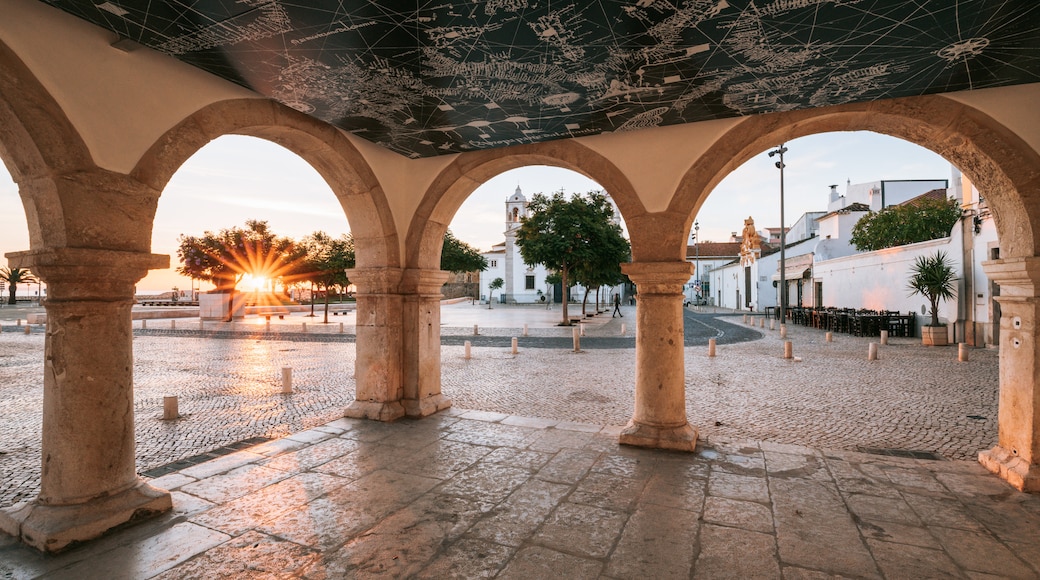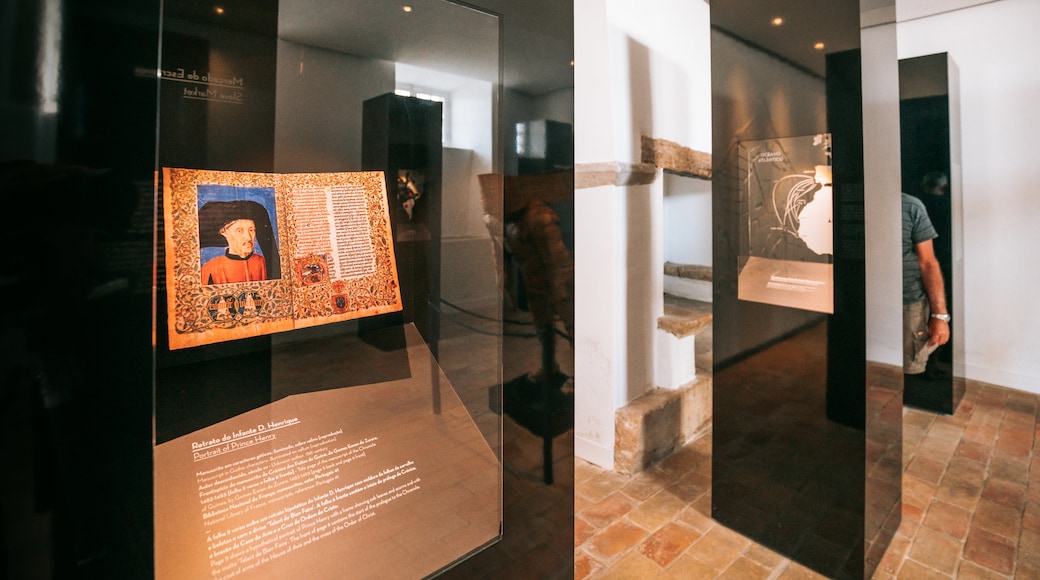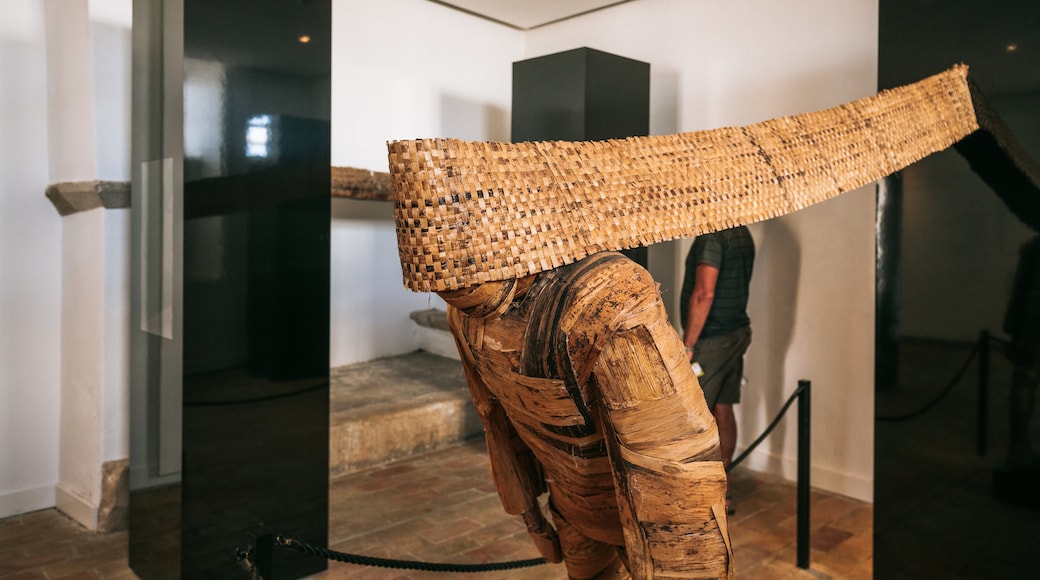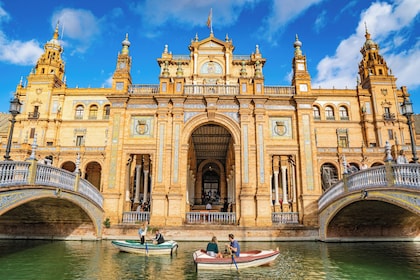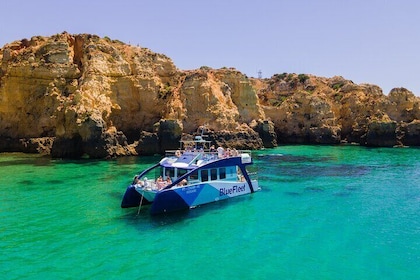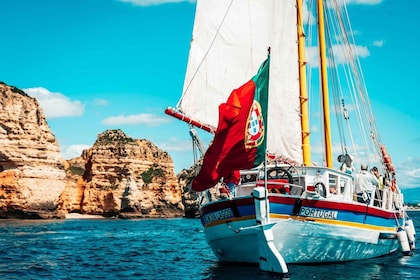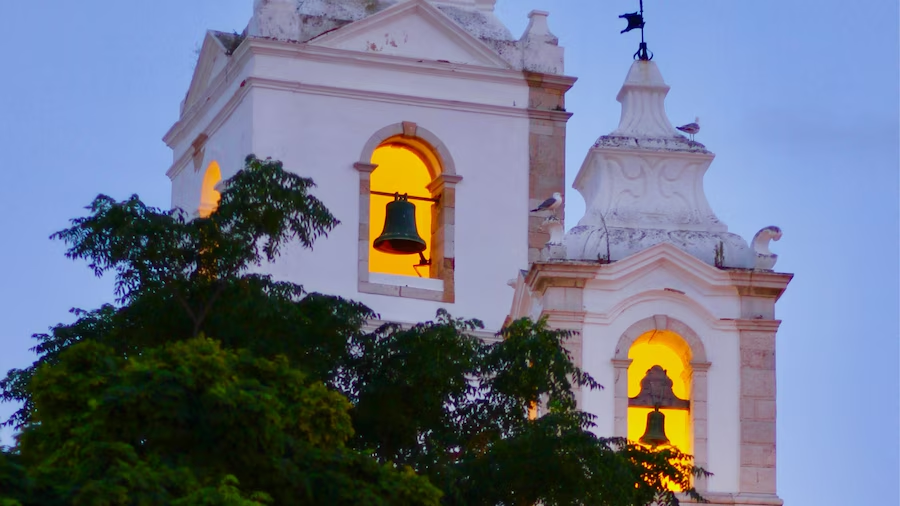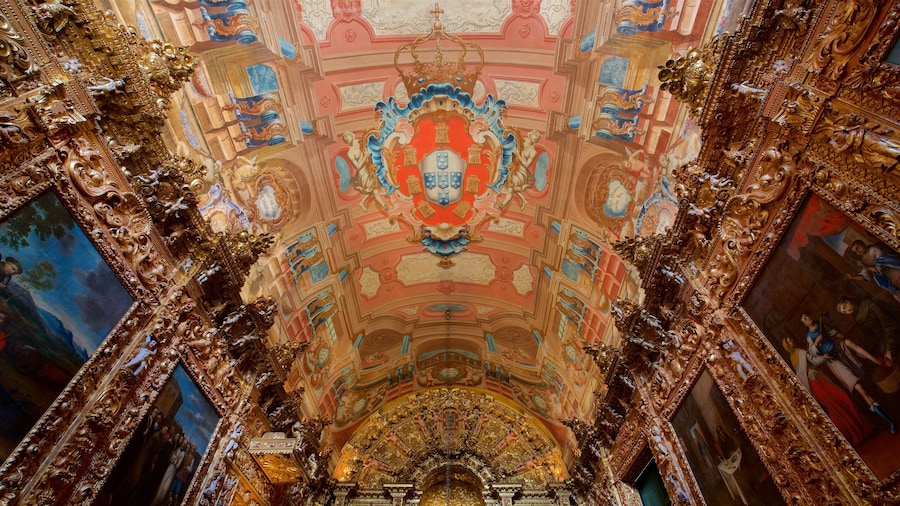Find out about the abysmal conditions in which the first slaves from West Africa were kept in this former slave market.
The First European Slave Market, sometimes simply called the Slave Market (Mercado dos Escravos), is a museum that sheds light on Portugal’s complex history with slavery. Built in 1444, the market displayed men and women captured and transported from the western coast of Africa to be sold as slaves. Learn through the powerful exhibits about the appalling treatment of these slaves, who were sold to families across Europe.
Take a look around the museum, whose current incarnation was constructed in the 17th century for the office of the Royal Overseer and the customs house. Admire the aesthetic of the building, with its elegant arches and windows. Read informative plaques that relate the details behind the First European Slave Market.
Consider how the Portuguese monarchy and the nation’s merchants profited from the market. Spot the statue of Prince Henry the Navigator, who played a key role in the development of the slave trade in Portugal. He received a portion of the money made from each sale.
Make your way through the intriguing museum to see the relics and artifacts that survive from the slave trade era. The museum provides information about the atrocious treatment of the slaves, who were separated from family members and kept in abysmal conditions.
Purchase the small descriptive book for a comprehensive understanding of the history. Many women were made to sell food and coal in the street markets, while men had to do manual labor, such as sweeping, fishing and transporting heavy loads. It is estimated that slaves made up roughly one-tenth of the population of the Algarve by the 1500s.
Pay a fee to enter the museum, which opens from morning until late afternoon every day except Monday in summer. Winter times are more variable.
The First European Slave Market is on the Infante D. Henrique Plaza in the southern half of the historic center of Lagos. It is one block west of the port, on the northern flank of Constitution Garden. See other sights in the area, such as Santo António Church, the Edge of the Port and the Arch of São Gonzalo.

